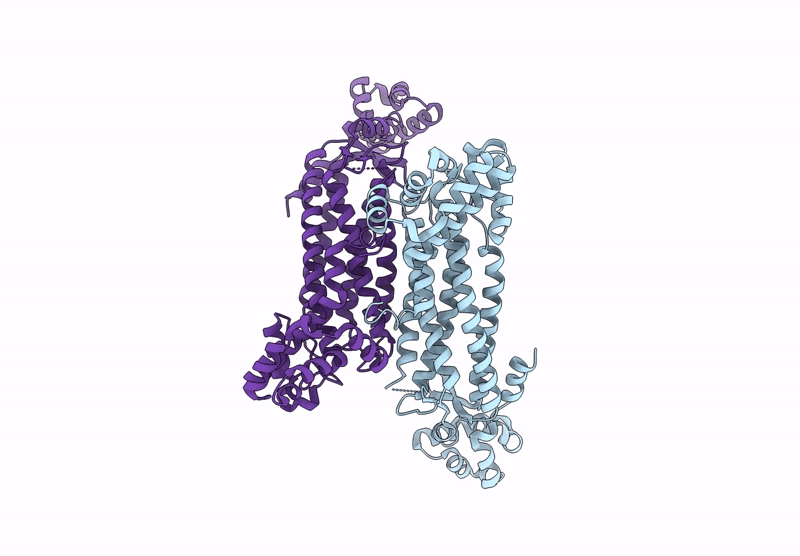
Deposition Date
2024-10-18
Release Date
2025-03-19
Last Version Date
2025-03-19
Method Details:
Experimental Method:
Resolution:
2.09 Å
R-Value Free:
0.22
R-Value Work:
0.18
R-Value Observed:
0.18
Space Group:
P 43 2 2


